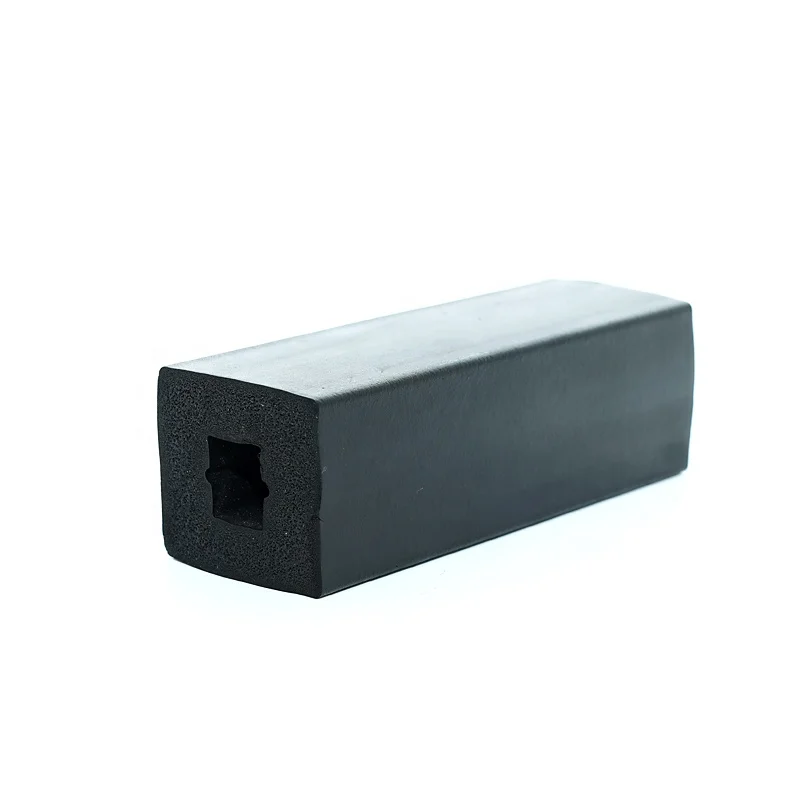Foam window seal strips are designed to fill gaps around windows, preventing the unwanted exchange of air between the inside and outside of a building. This exchange can lead to substantial energy losses, especially in extreme weather conditions. For instance, during the winter months, cold air can seep in through poorly sealed windows, forcing heating systems to work overtime, which in turn drives up energy bills. Conversely, in the sweltering summer heat, cool air can escape, making air conditioning systems inefficient. By installing foam window seal strips, homeowners can create a tighter seal around their windows, effectively regulating indoor temperatures and reducing reliance on heating and cooling systems.
 Home
Home










